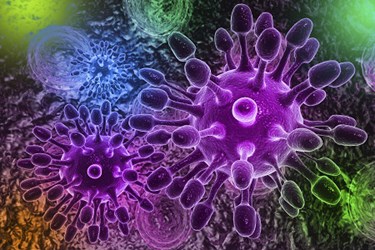Nosopharm Seeks Partner To Develop Novel, Resistance-Combatting Antibacterial
By Cyndi Root

Nosopharm, an anti-infectives R&D specialist, recently presented findings on a new class of antibacterials known as Odilorhabdins that shows promise in combatting antibiotic resistance. The novel agent is in the preclinical stage, developed with Nosophorm’s proprietary platform. Philippe Villain-Guillot, CEO of Nosopharm said, “Our presentation at ICAAC is also a launchpad for future partner discussions. Our next objective is an R&D (preclinical and clinical) and commercialization partnership with a biotech or a pharma company by mid-2015. We welcome a broad range of enquiries from within the industry.”
Odilorhabdin
Odilorhabdin was mined from the symbiotic bacteria Xenorhabdus and Photorhabdus, an emerging bioresource for antibiotics. Nosopharm discovered and developed Odilorhabdin in 2013 as part of a three-year program studying antibiotic resistance. Odilorhabdin, also called NOSO-95, is a member of a new class of drugs named the Odilorhabdin class. The company states that NOSO-95 is active against most multi-resistant Gram-negative pathogens, including Escherichia coli, Klebsiella pneumoniae, and Pseudomonas aeruginosa. In vitro and in vivo, the agent shows potential in treating healthcare-acquired infections (HAI).
Healthcare-Acquired Infections
Health care–associated infections (HAIs) occur in healthcare settings, such as hospitals and clinics. While many instances of infection including sepsis arise due to healthcare failures, treating these infections is proving difficult due to antimicrobial resistance. While industry, government, and universities are working to combat this resistance, safe and efficient drugs are not yet forthcoming.
A report from GlobalData states that antibiotic resistance in sepsis patients is growing. Marc C. Hansel, Ph.D., GlobalData Analyst, says there are no sepsis-specific treatments. Furthermore, growing bacterial resistance to antibiotics will make treating sepsis patients even more difficult. He said the lack of sepsis-specific treatments is a “glaring void.”
The analysis included opinions from key leaders in the category. They told GlobalData that niche treatments are needed for sepsis patients with complications such as endotoxemia, acute kidney injury (AKI), and acute respiratory distress syndrome (ARDS). Of interest to the analyst in up and coming drugs are AM-Pharma’s recombinant human alkaline phosphatase (recAP), Asahi Kasei Pharma’s ART-123, and Spectral Diagnostic’s Toraymyxin.
Hansel added that companies should pay attention to the recent failures of Eli Lilly’s Xigris, Eisai’s Eritoran, and Agennix’s talactoferrin alfa when designing clinical studies. He said that smaller, homogeneous patient populations would work best and would command premium pricing upon approval.
